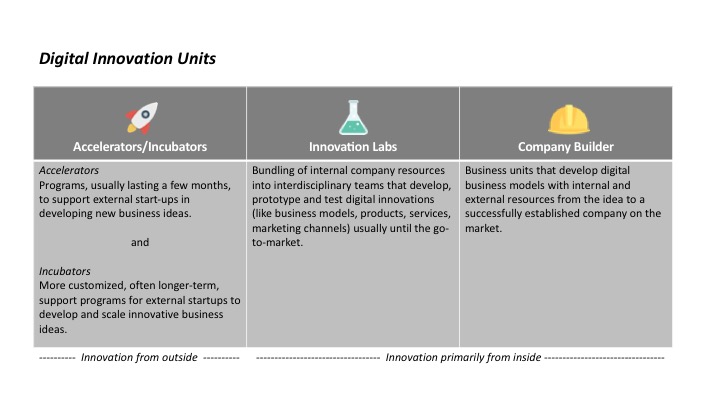Never heard of platooning? If the answer to that question is no, don’t worry about it. However, it is very likely to five years from now, this technology will be omnipresent but still invisible whenever you enter a highway.
Platooning is essentially the practice of interlocking trucks into an interconnected vehicle chain that allows all drivers but the first to withdraw from their driver seats. The first truck is thereby driven by a certified lead driver that chooses the path and leads the chain of the following trucks. The exact path and position are then communicated in real-time via Wi-Fi to the succeeding trucks that follow the wheel tracks of the lead truck in the front. Radar, Wi-Fi and multiple other sensors ensure that each truck keeps a secure distance to the preceding vehicle and does not deviate from the prescribed track. At highway entries, exits and junctions platoons will automatically increase vehicle gaps to give way to other road users.In this way, truck drivers can simply enter or exit a chain of trucks. Benefits of platooning, which allows for reduced distances between driving trucks, simultaneous acceleration, and breaking and alternative work assignments for drivers, are a reduction in fuel consumption, accidents, CO2 emissions, traffic and maintenance. Furthermore, it will generate more overall throughput and reduce truck drivers’ stress levels. Halfway through 2018, a consortium consisting of six leading truck manufacturers (DAF, DAIMLER, IVECO, MAN, SCANIA, VOLVO GROUP) has started a real-world testing project in collaboration with traffic and road authorities on European streets. The final platooning demonstration is planned on public roads in 2021.
Curious about a platooning demonstration? Take a look: https://www.youtube.com/watch?v=lpuwG4A56r0
Could platooning maybe even work for cars if car manufacturers can agree on a certain standard? One is tempted to think of a three-lane highway with a one lane for chained trucks on the right, one lane in the middle for all manually steered cars and a left lane that allows platooning for new kinds of interconnected vehicles that travel at a very high speed and allow passengers to do all kinds of leisure or work activities while the car is interlocked in a chain with other cars.


